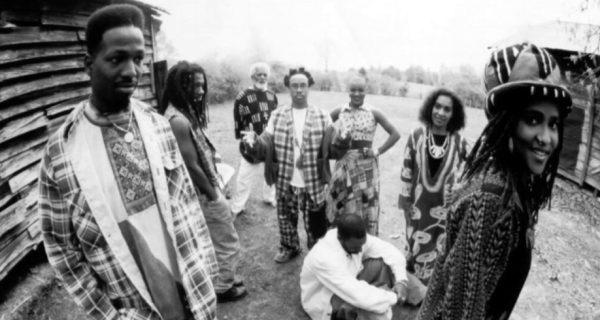
When Arrested Development released “Everyday People” in 1992, it was a breath of fresh air in a hip-hop landscape dominated by harder, more aggressive sounds. The song, a reimagining of Sly and the Family Stone’s classic “Everyday People,” stood out for its laid-back, Afrocentric vibe and socially conscious message. At a time when the genre was becoming increasingly defined by tales of urban struggle and bravado, Arrested Development offered a new perspective—one rooted in unity, self-reflection, and pride in heritage.
The track resonated with listeners, showcasing frontman Speech’s storytelling abilities as he recounted a personal tale of navigating conflict without succumbing to violence. Its message of peace and understanding was a stark contrast to much of the music of the era, yet it struck a chord, earning the group widespread acclaim.
“Everyday People” became an anthem bridging the gap between the genre’s party roots and its potential for cultural commentary. It also helped solidify Arrested Development’s place in music history, contributing to the group’s Grammy wins in 1993 for Best New Artist and Best Rap Performance by a Duo or Group.
Beyond its success, the song proved that hip-hop could be a space for positivity and self-awareness without losing its edge. The image of Phyllis Yvonne Stickney’s chocolate skin and Speech defending her molded my young mind. Decades later, “Everyday People” remains a testament to the power of individuality and the enduring appeal of a good story told through rhythm and rhyme.